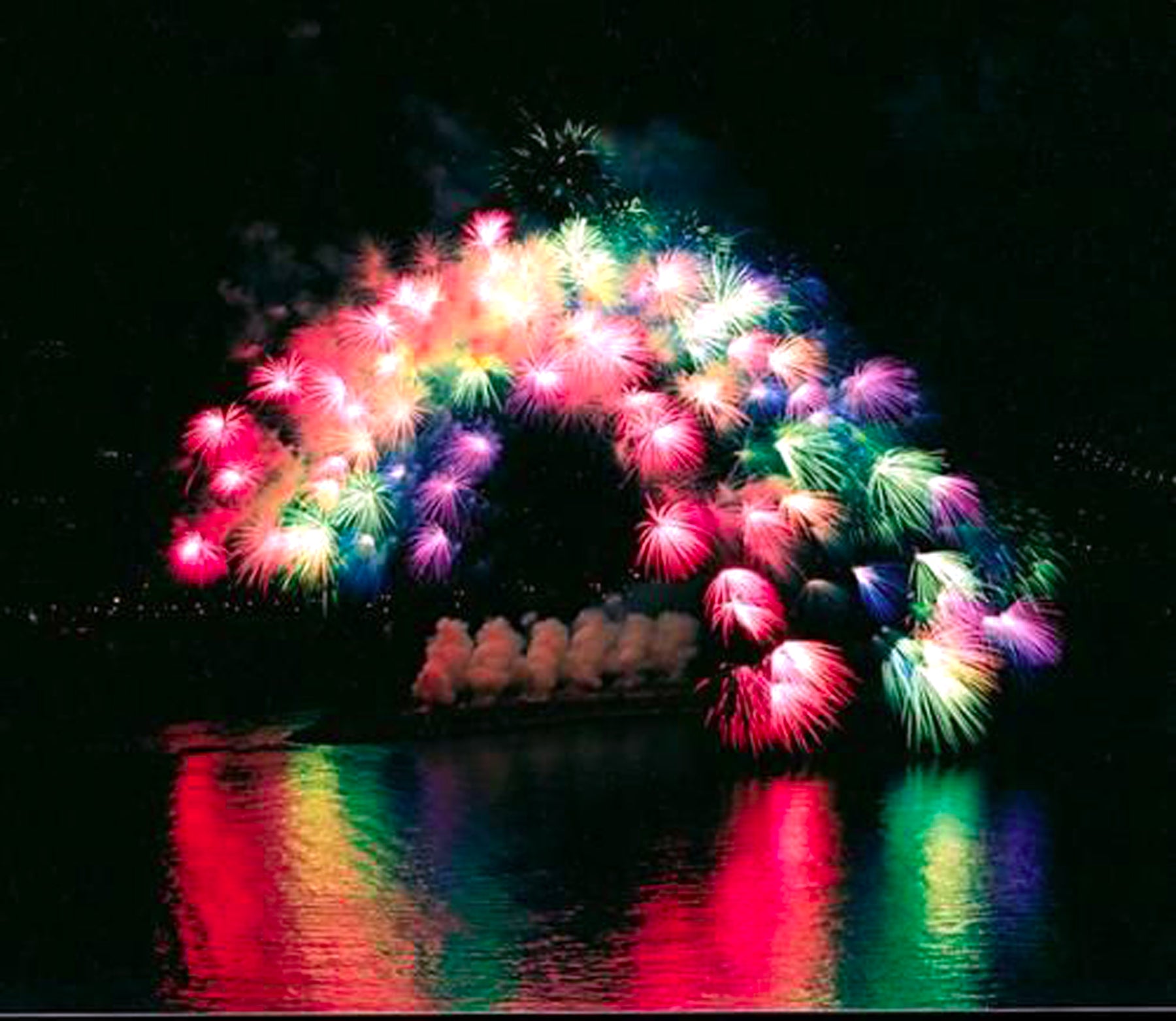
FIREWORK COLOURS, SOUND AND AERIAL EFFECTS
Fireworks have held a deep fascination since their discovery in ancient China several hundred years ago and from their conflict led creation to their use for celebration purposes today, they have come a very long way.
The basic ingredients of fireworks, even in the very first instance in Ancient Liuyang, have pretty much stayed the same. History says that a cook happened to inadvertently mix sulfur, charcoal, and saltpetre and as it burned, it created a small explosion.
Once the Italian explorer Marco Polo visited China, he brought back the gunpowder, and then the addition of colours and effects really got started. They started to experiment with loads of different chemicals, metals, and salts and created the first ‘aerial shells’ which was the start of display fireworks and of course just how beautiful they really can be. By the 1700’s, fireworks were being widely used, and they had cottoned onto the idea of adding metal bits to create sparks, crackles, colours, and glittering effects.
Today, fireworks are created using 75% Potassium Nitrate, 15% Charcoal, and 10% Sulfur whereas Flash Powder, which is a little more powerful and is used in CAT 3 consumer display fireworks. The compound is 50% Potassium Nitrate, 30% Aluminium Powder, and 20% Sulfur. This simply offers a little brighter burn as aluminium burns white/silver.
Although this is the explosive compound, the colours and effects themselves are created by chemicals and metal salts, depending on the hues they wish to make.
Here are a few examples:
BLUE - Copper (Cu) - Copper can be used to create blue or some shades of green
GREEN – Barium (Ba) – It creates green, but it also acts as a stabiliser for some other colours
GOLD – Iron (Fe) – Iron and carbon together create a rich deep golden colour
INDIGO (DARK BLUE) – Cesium (Cs)
ORANGE – Calcium (Ca20)
RED – Strontium (Sr) – is widely mixed to create other colours in the red range including Purple
SILVER - Titanium (Ti) – creates a bright silver
YELLOW – Sodium (Sr)
WHITE – Magnesium (Mg)
Equally important are the effects which can be chemical compounds/differing venting on the tubes (all barrages/cakes are created using several roman candle type tubes, linked together by fusing) which give us the familiar screeches, whistles, pops and crackles we know and love.
GLITTER - ANTIMONY – (Sb)
SPARKS - IRON (Fe)
When it comes to whistle mix, Sodium Benzoate or Potassium Benzoate and Potassium Perchlorate will make the composition to make this sound. When pressed into an open-ended tube and ignited the composition resonates as it burns to create the whistle we all know and love.
So, there you have the colours, effects, and sounds of fireworks.
